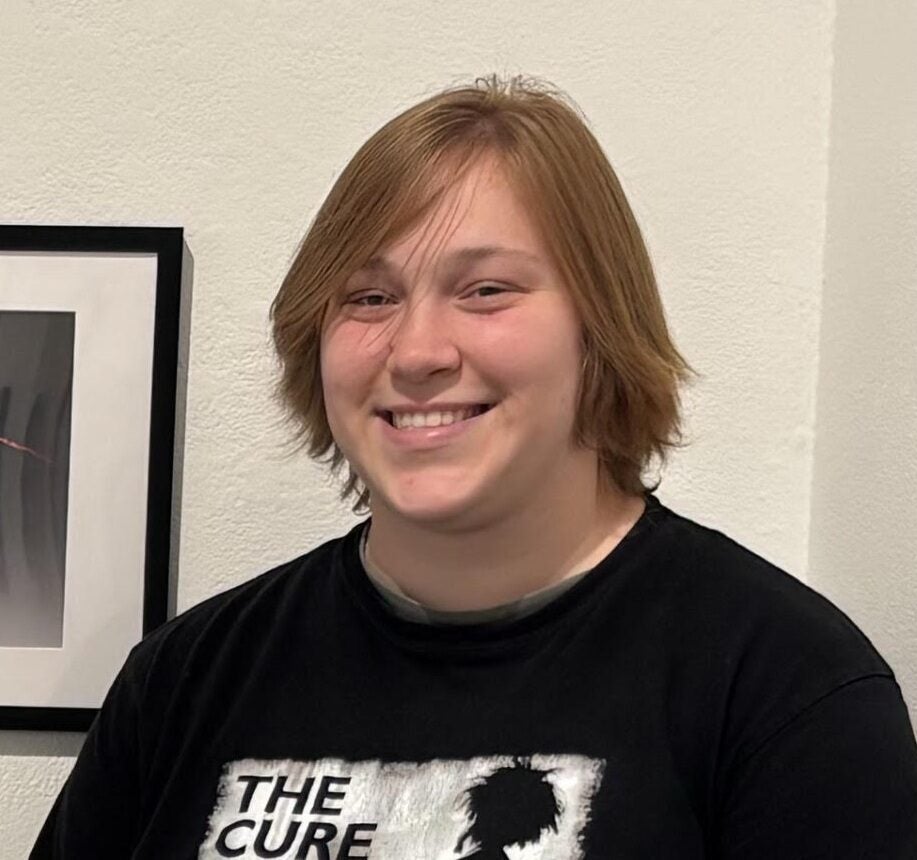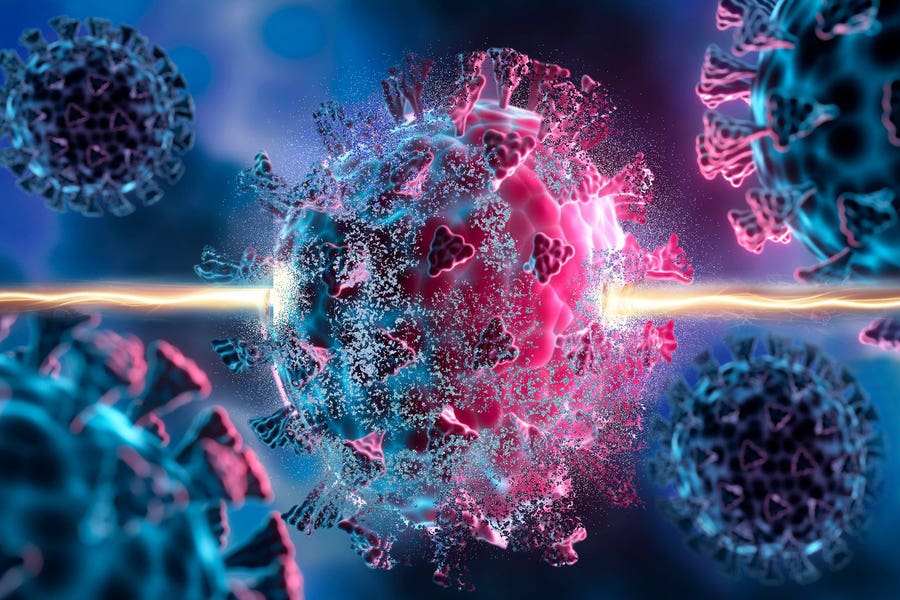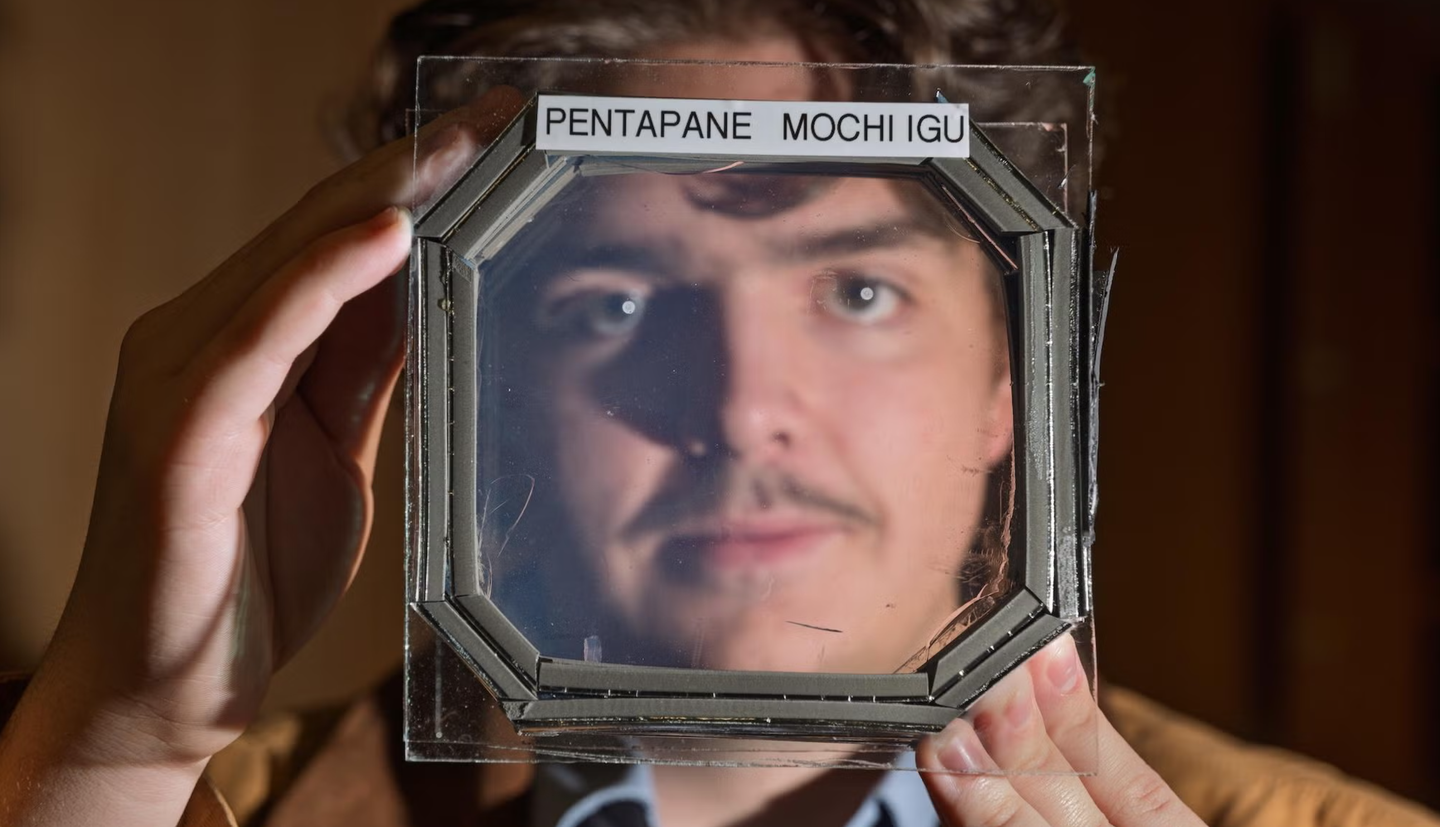A new way to stop viruses: Boosting your body’s natural defenses
Researchers have found a new way to fight viruses by boosting the cell’s natural stress response — and it could change future treatments.

 Edited By: Joseph Shavit
Edited By: Joseph Shavit

Scientists find new compounds that help cells fight viruses by turning on stress defenses. (CREDIT: Kendall Pata, Type A Creative; edited by MIT News)
In the ongoing fight against viruses, a new scientific approach could bring sweeping change. Instead of targeting the virus itself, researchers are now focusing on strengthening the body's natural defenses — specifically, the built-in systems that cells use to protect themselves when under attack. This shift in strategy has led to the discovery of promising new compounds that may one day serve as powerful tools against a wide variety of infections.
A team of scientists from MIT found compounds that help human cells resist infection. These molecules don't kill viruses directly but activate a natural defense system inside cells. The system helps shut down virus production and limits the spread of infection. The study, published in Cell, points to a new way to treat many viral diseases.
A New Approach to Fighting Viruses
Traditionally, antiviral drugs are developed for specific viruses. For example, one drug might target the flu, while another focuses on HIV or COVID-19. That strategy works, but it also has limits. If a new virus emerges, like Zika or RSV, researchers must start from scratch. What if there was a way to create drugs that fight many viruses at once?
That’s the idea behind the latest research led by James Collins at MIT and Maxwell Wilson at UC Santa Barbara. Their team set out to boost what’s known as the integrated stress response (ISR), a defense system that all human cells already have. This system is designed to react when cells are under threat — whether from lack of nutrients, exposure to toxins, or infection by viruses.
Felix Wong, the study’s lead author and CEO of Integrated Biosciences, explains why this shift in thinking could lead to a new class of medications. “Typically, how antivirals are developed is that you develop one antiviral for one specific virus,” Wong says. “In this case, we hypothesized that being able to modulate the host cell stress response might give us a new class of broad-spectrum antivirals — compounds that directly act on the host cells to alter something fundamental about how all viruses replicate.”
Finding the Right Molecules
The integrated stress response kicks into gear when a virus begins making double-stranded RNA — a telltale sign of infection. In response, the cell stops making proteins, which slows or stops the virus from multiplying. To find chemicals that enhance this response, the team created a high-tech screen using a technique called optogenetics.
Optogenetics allows scientists to control how cells behave using light. In this case, the researchers altered a protein called PKR, which helps turn on the ISR. They made it so that shining blue light on a cell would activate the stress response, mimicking the effect of a viral infection.
Then came the major challenge: testing nearly 400,000 compounds to find ones that helped cells survive artificial infection. This screening process revealed around 3,500 molecules with antiviral potential. Scientists then narrowed the list by checking which compounds worked best.
They also looked at whether the compounds were safe for healthy cells. “If the pathway were turned on in response to viral infection,” says Wong, “our compounds turn it on full blast.” “Even with a small amount of virus, if triggered, the antiviral response is also maximized,” Wong adds.
Blocking Real Infections in the Lab
Eight of the most promising chemicals were tested again, this time in real human cells infected with actual viruses, including Zika, RSV, and herpes simplex virus. Three compounds in particular — labeled IBX-200, IBX-202, and IBX-204 — showed strong results.
These compounds not only reduced the amount of virus in the infected cells but did so without damaging the cells themselves. The researchers then moved to animal tests. In mice infected with the herpes virus, treatment with IBX-200 lowered the viral load and helped relieve symptoms. This is a strong sign that the same treatment could be used to help people in the future.
Tests also revealed how the compounds worked at the molecular level. They activated a key enzyme that helps cells recognize stress, turning on the ISR early and giving the cells a head start against the virus. Interestingly, the drugs had no effect in cells that were not infected, which suggests they may only activate when needed — a helpful trait for reducing unwanted side effects.
What Comes Next
These discoveries mark only the beginning. Now that the team has proven the concept, they plan to test the compounds on more viruses. The hope is to find drugs that could work on a wide range of infections — even those that haven’t appeared yet.
The scientists are also working on discovering new chemicals that turn on the ISR or related defense systems in other ways. That includes pathways that protect against bacterial threats, not just viral ones. With more research, these pathways could become the basis for a whole new category of medicine.
James Collins says the team is excited about what they’ve found so far. “This work allows us to harness the stress response of the host cells to arrive at a means to identify and develop broad-spectrum antivirals.”
Though human trials are still far off, the early results are promising. Instead of constantly reacting to new viruses with new drugs, future treatments might work by strengthening the body’s own defenses — making it harder for any virus to gain a foothold in the first place.
Research findings are available online in the journal Cell.
Related Stories
- Breakthrough virus cocktail kills antibiotic-resistant superbugs
- Breakthrough new vaccine protects against Zika virus while preventing serious side effects
- Scientists harness bacteria to deliver cancer-killing virus and halt tumor spread
Like these kind of feel good stories? Get The Brighter Side of News' newsletter.
Mac Oliveau
Science & Technology Writer
Mac Oliveau is a Los Angeles–based science and technology journalist for The Brighter Side of News, an online publication focused on uplifting, transformative stories from around the globe. Passionate about spotlighting groundbreaking discoveries and innovations, Mac covers a broad spectrum of topics—from medical breakthroughs and artificial intelligence to green tech and archeology. With a talent for making complex science clear and compelling, they connect readers to the advancements shaping a brighter, more hopeful future.



